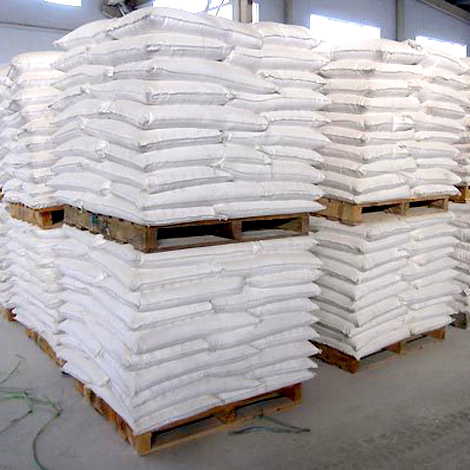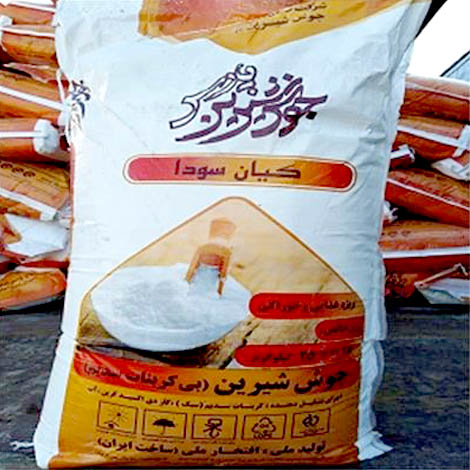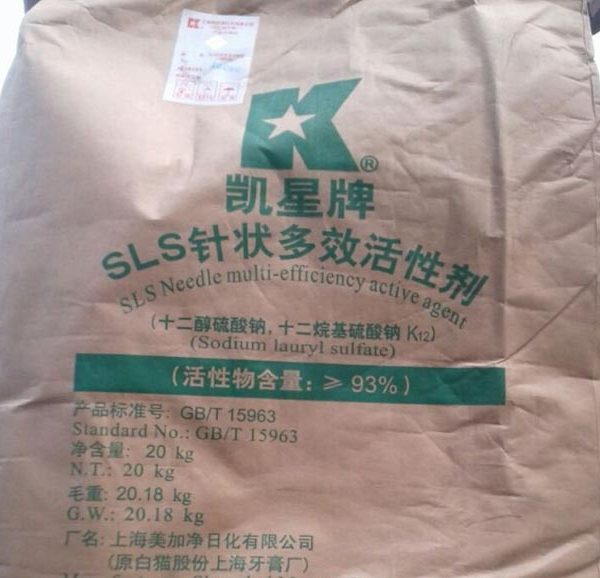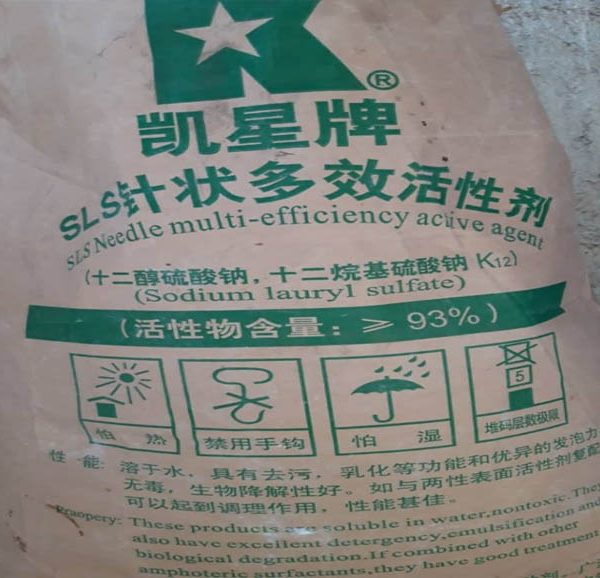Applications of Texapone:
Due to its excellent foaming properties, it is used as a detergent in body hygiene products; the resulting foam is light-weighted and does not have a worm-like form; it fades in the vicinity of fat and produces a lot of foam when dissolved in normal and hard water.
It is compatible with additives and has an irritating effect on the skin and, by removing the skin’s fat, causes dryness of the skin.
It is used to produce most detergents such as dishwashing liquids and industrial detergents for carwash stores and fat remover materials. Also, it is used to make toothpaste, soap, shampoo, creams and lotions as a foaming and cleansing agent.























Reviews
There are no reviews yet.